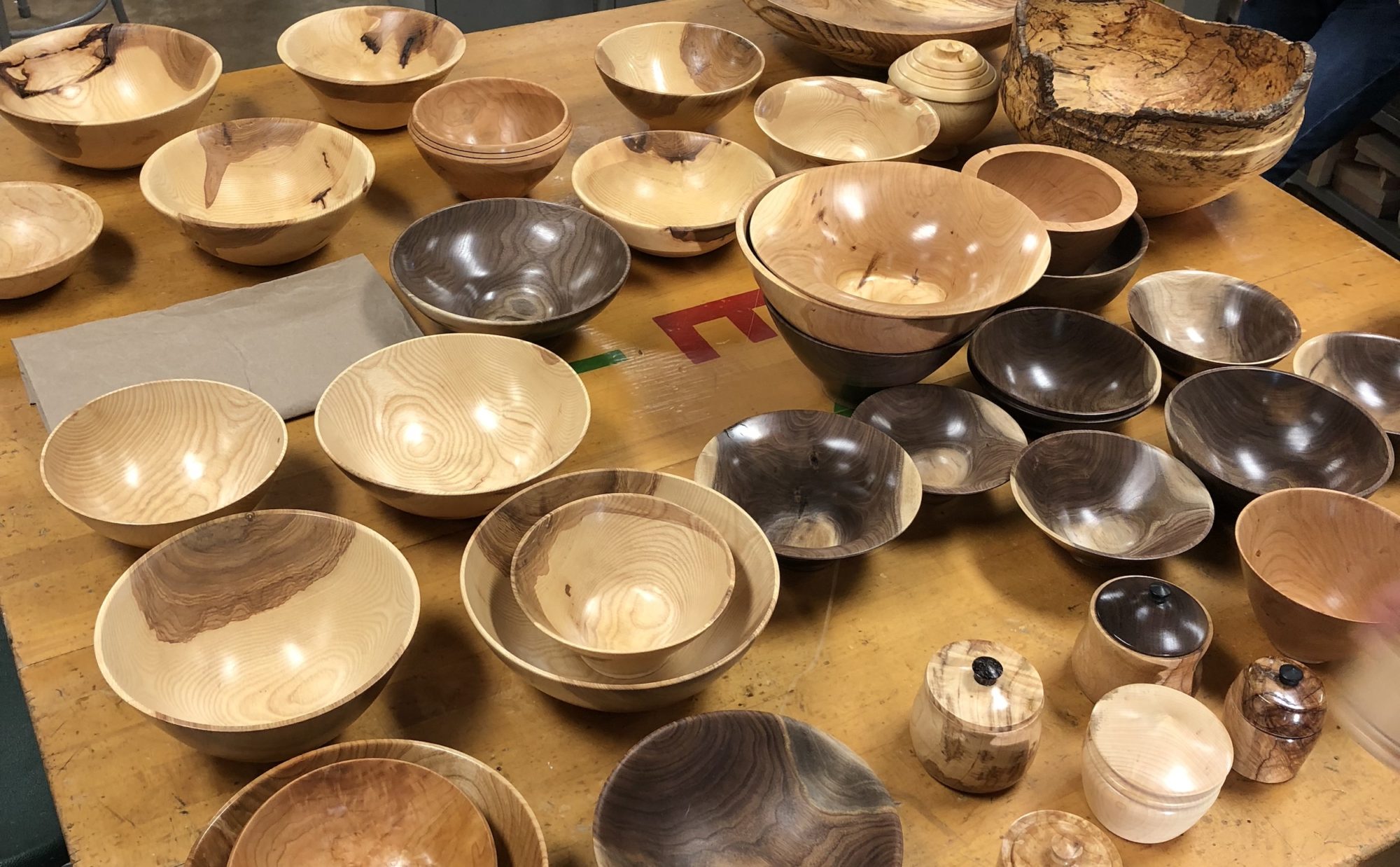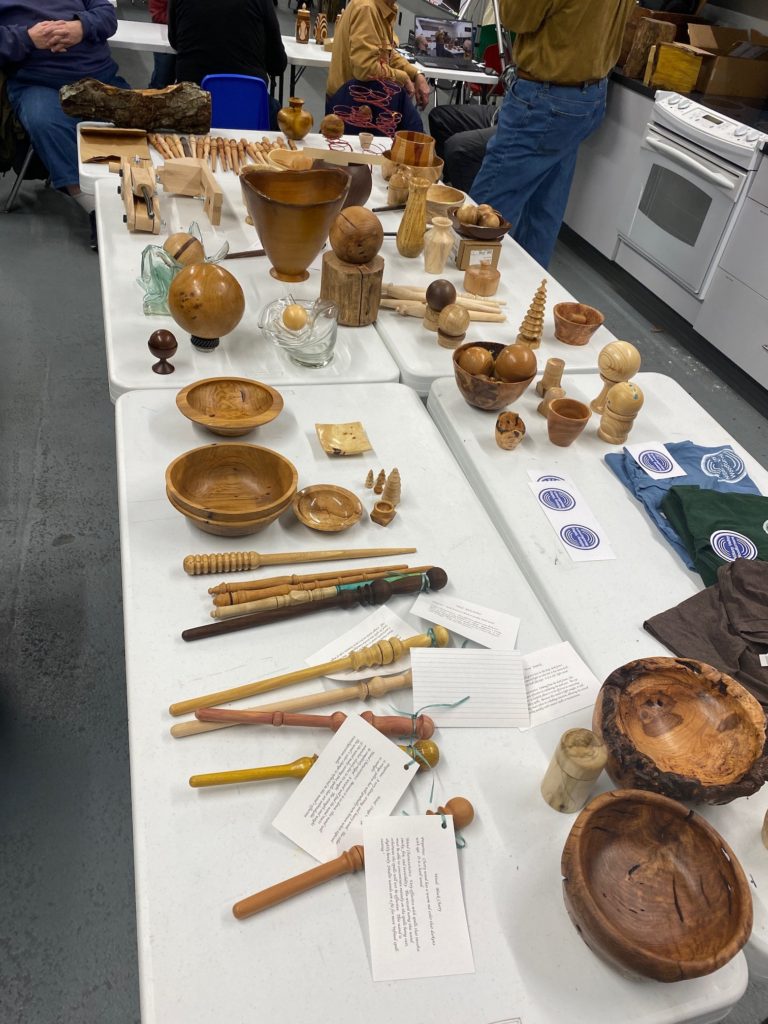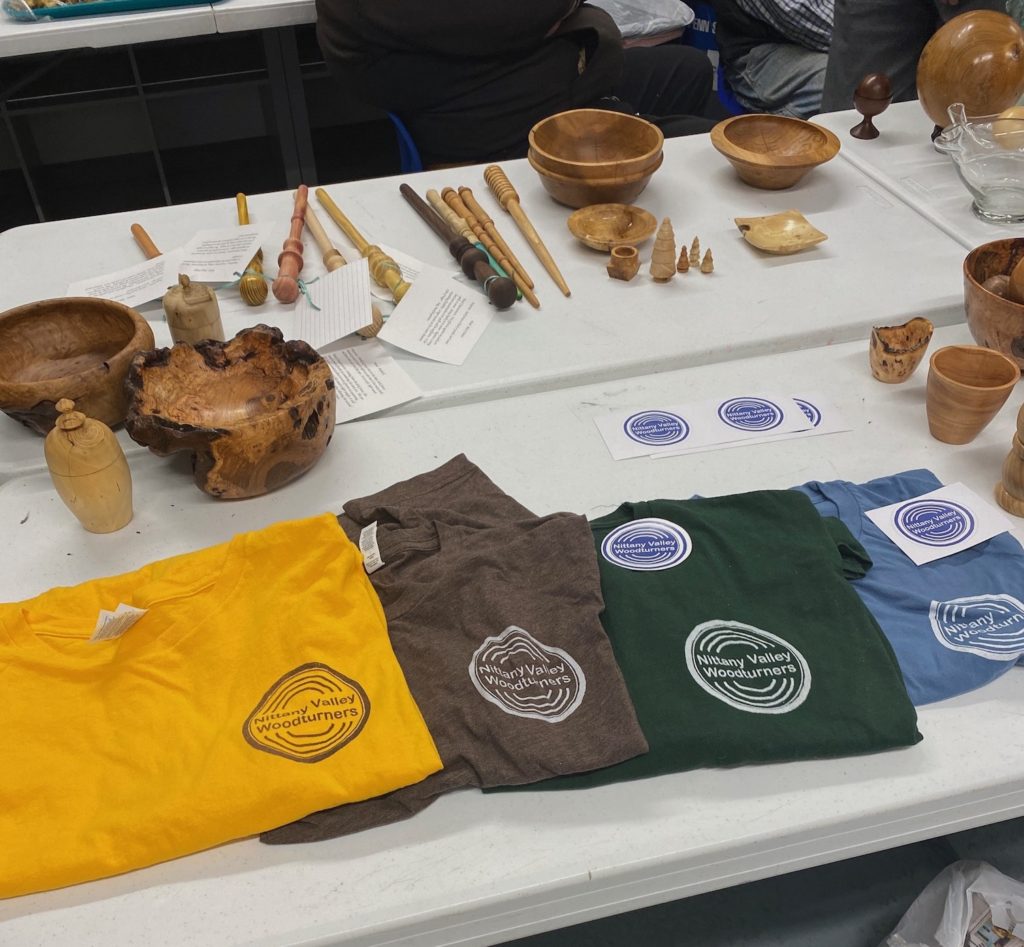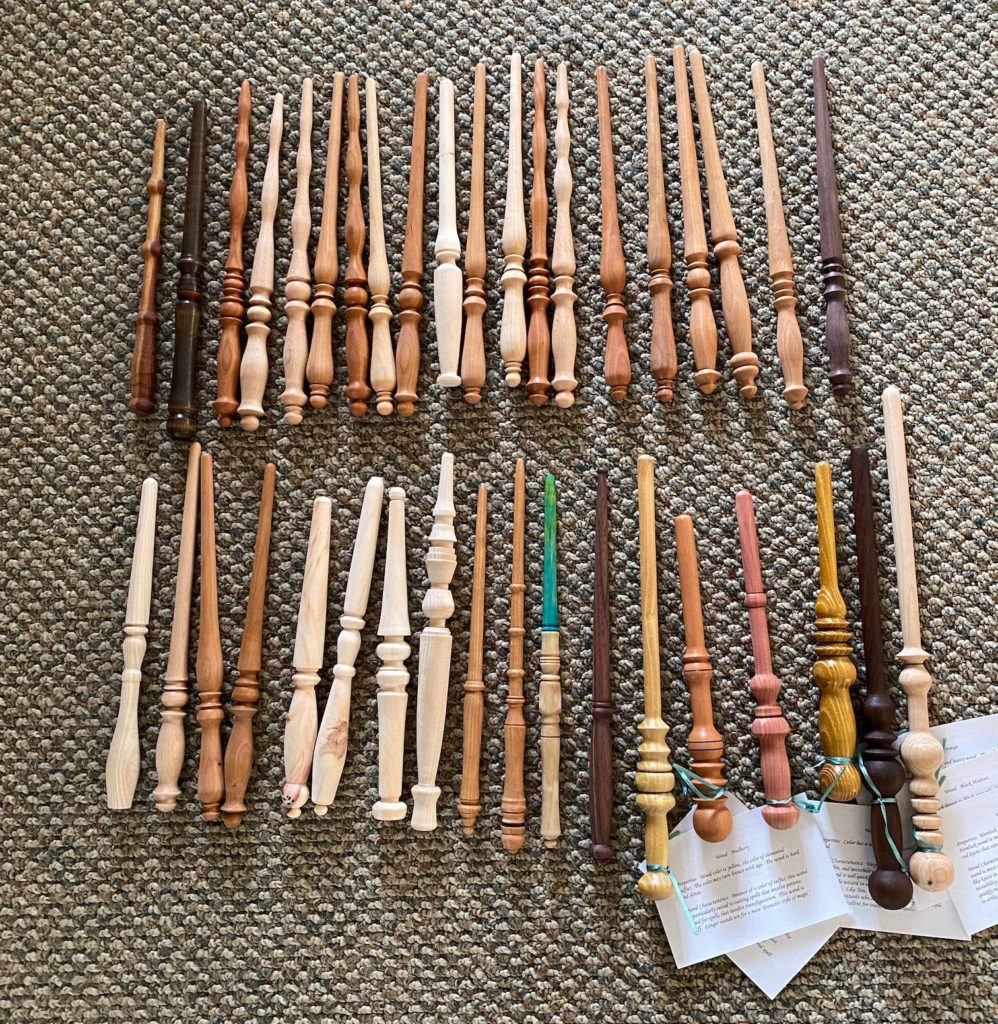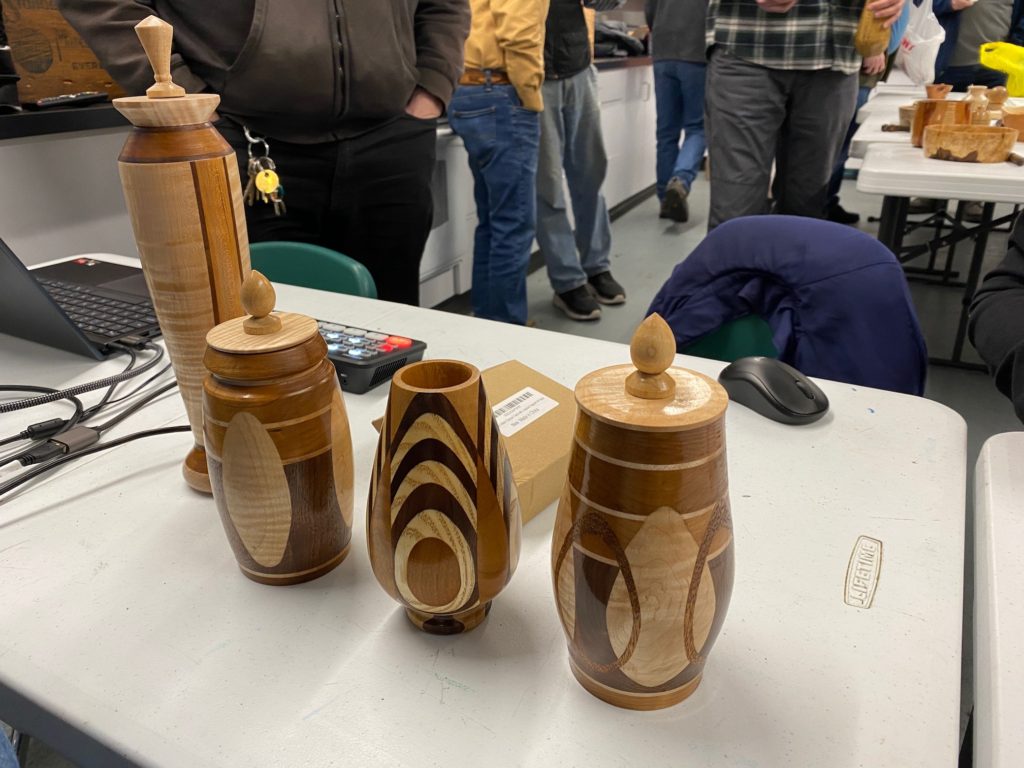Dear Friends of Xylem Rotating in Circles:
When I presented my acrylic bottle stoppers at Wednesday’s meeting, someone asked how I sanded them. I sated that I started sanding with Abranet mesh. One of you said that you had never heard of Abranet, so I thought I’d point you to a source here: https://www.pennstateind.com/store/PKMESHKIT.html. This isn’t the only place to buy Abranet, but I have found PSI’s prices to be fairly reasonable.
I also mentioned that after dry sanding to 600 grit with Abranet, I moved on to wet sanding with abrasive pads. Coincidentally, I received an order of these just a couple of days ago: https://www.pennstateind.com/store/MMESHPADS9.html. That price may seem high, but notice that these pads are 3×4 inches. The ones I currently own are 2×2 inches. When I went to Penn State, 3×4 offered three times more surface area than 2×2. So pay close attention to sizes as well as prices if you should order these. I think they work best wet as a sanding slurry is created when wet that I think helps with sanding and extending the life of the pads. You can also choose to use a polish on the acrylic after sanding to 12,000 grit. It’s hard to get much smoother than that.
If you should decide to move into turning bottle stoppers regardless of material, this chuck is essential: https://www.pennstateind.com/store/PK-BS1-MJ.html.
If you wish to use acrylic, it’s cheaper to buy this size (https://www.pennstateind.com/store/WXACL03L.html) and cut it into thirds, than to buy this size (https://www.pennstateind.com/store/WXABS04.html). I cut my blanks into three sections with a hacksaw to minimize wear on my bandsaw blades and waste as little acrylic as possible to kerf. As I stated on Wednesday, this stuff is harder than woodpecker lips, so somewhat different technique is needed than for wood. But as with other hard materials, it can be fra-gee-lee, like Ralphie’s old man’s leg lamp, so handle accordingly. Those at the meeting saw what happened when I tried to tap a small hole in my blank to minimize drill bit skating.
Someone Wednesday asked if you can use any lathe chisels to turn acrylic. My answer is yes, but you have to have a gentle hand and a degree of patience. If you get too aggressive, you will likely get catches, chipping, etc. that will diminish your fun. If you use carbide-tipped tools, I recommend negative rake cutters as they are less aggressive than the standard cutters. I bought this set some years back from Rockler (https://www.rockler.com/carbide-mini-turning-tool-3-piece-set). As you can see from the price, manufacturers are VERY proud of their carbide tools. For some time, Rockler stated that they did NOT supply negative rake cutters for these tools, but while visiting a Rockler store in Houston, I complained about that to a store employee who found a negative rake cutter from another manufacturer (I think Easy Wood) and said it would work on my tool. He was right, and I have been pleased with the result. I strongly recommend the negative rake cutters.
Mike Messina
